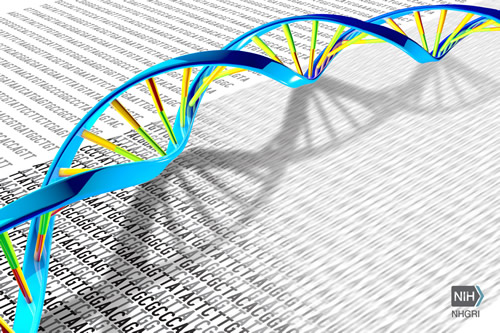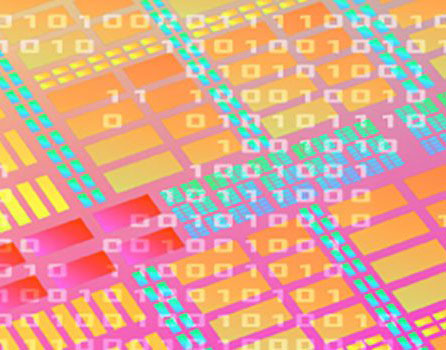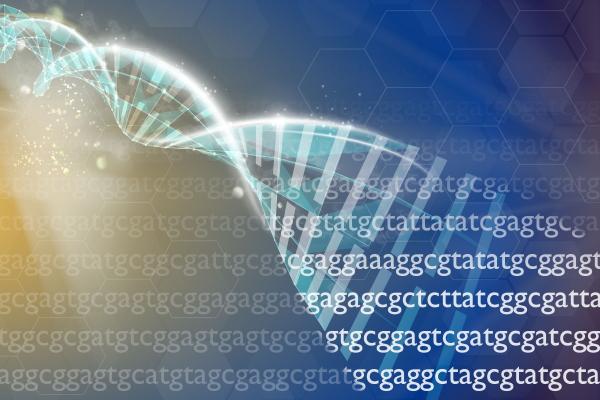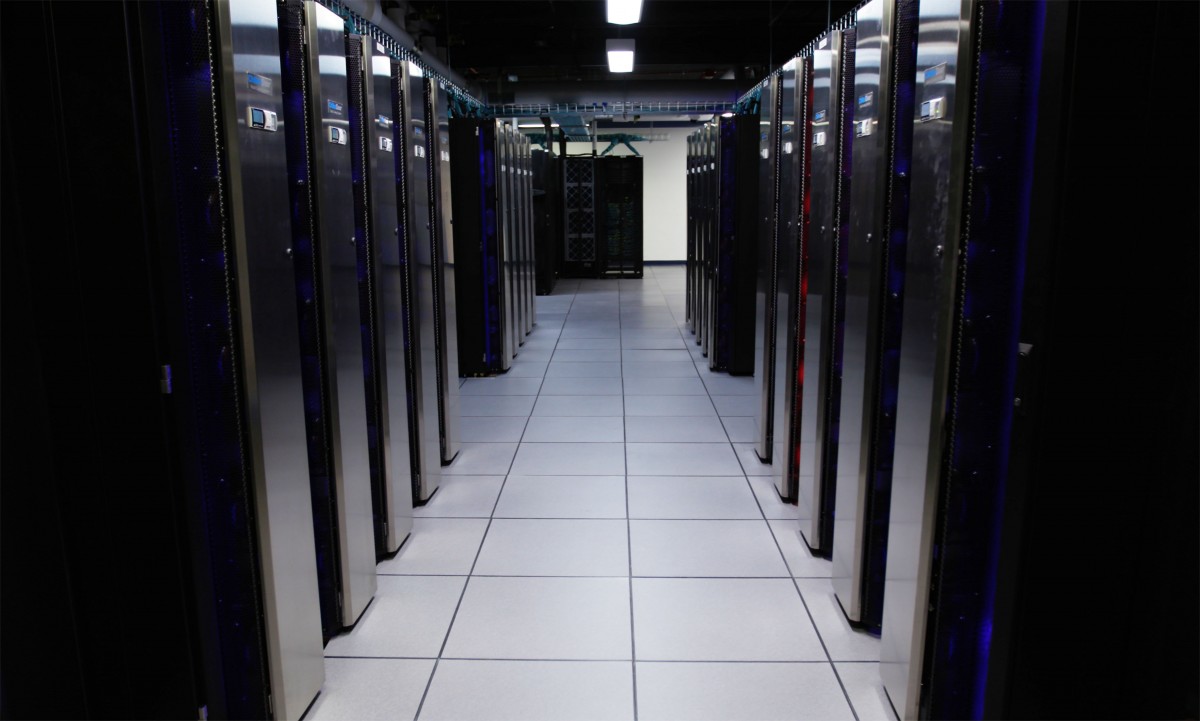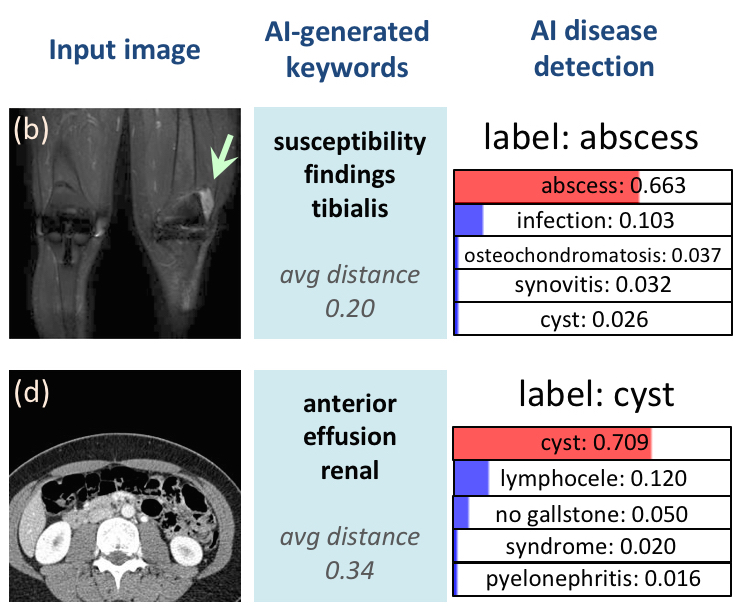NIH History Heats Up
Summer has finally arrived, and it's once again time to shine some light on NIH's rich history. Over the past couple months, NIH has celebrated several important anniversaries, including the 20th birthday of NIH's Vaccine Research Center and the 70th anniversary of the NIH Record newsletter. Read on to learn more about these milestones and other fun facts and intriguing objects from NIH's past!


